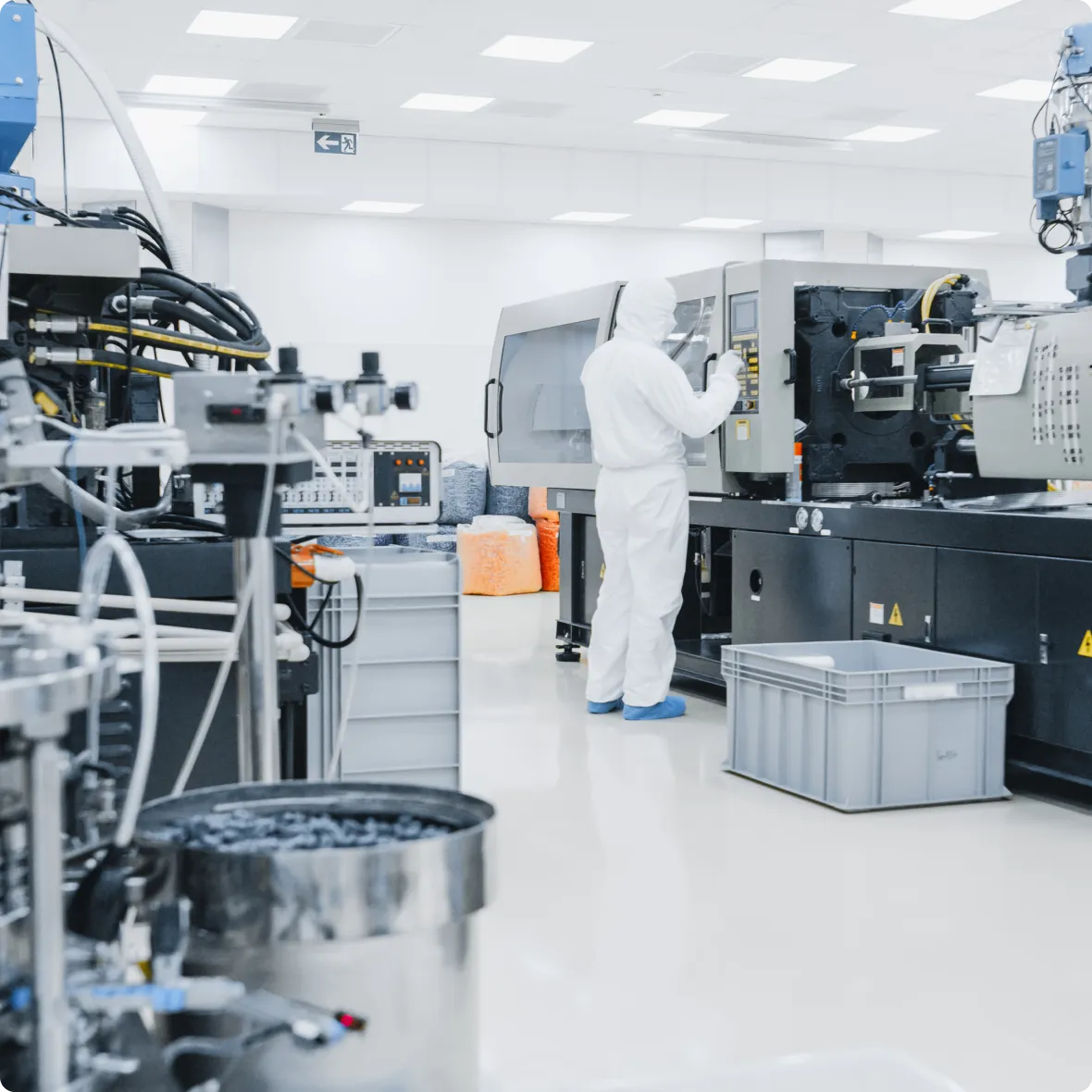
Scalable by design
It should be scalable, meaning it can be produced in large volumes with minimal variation.

Physically and technically flexible
It should be flexible both physically, for integration into different form factors, and technically, so that its performance can be tuned or customised for specific use cases.

Built for modern manufacturing
It needs to be manufacturable using efficient, automated processes, without dependence on slow, centralised, or hazardous methods.

Stable and system-ready
It must be stable, consistent, and ready to integrate with data-driven systems.

